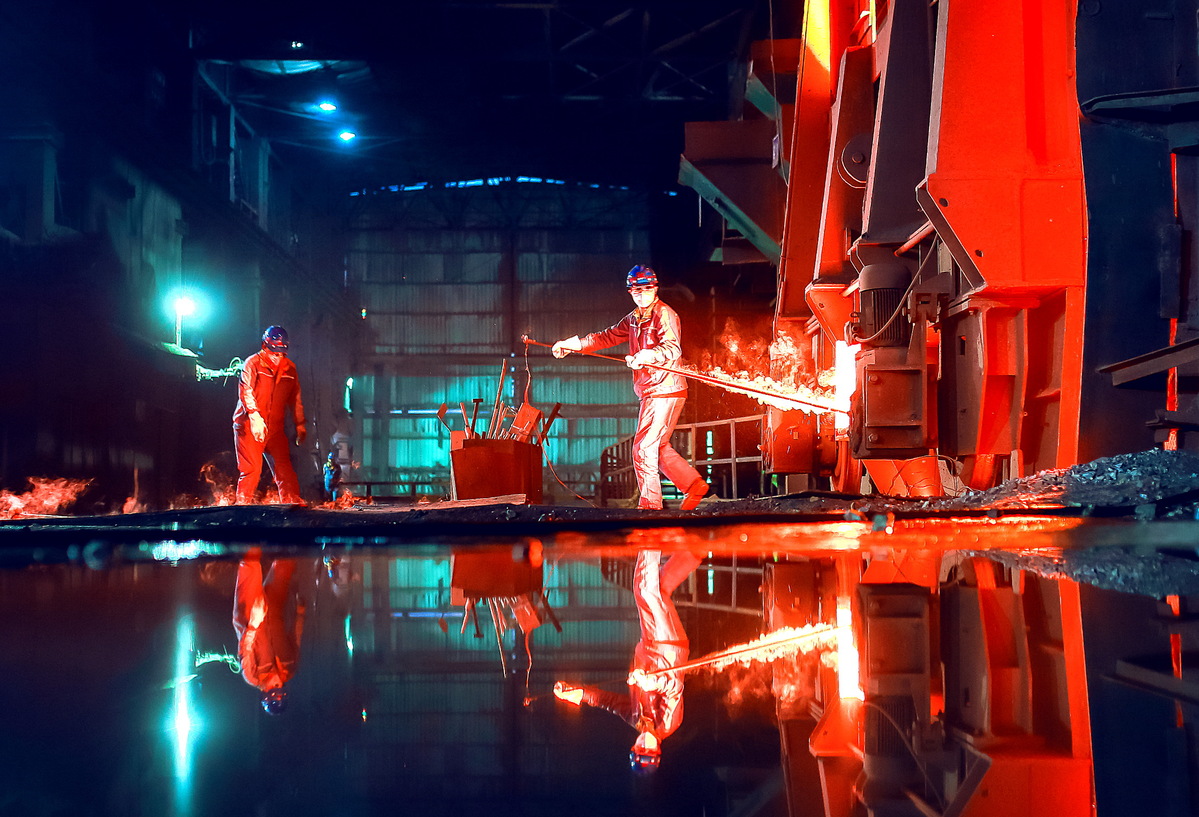Economy stays steady through infrastructure
 0 Comment(s)
0 Comment(s) Print
Print E-mail China Daily, January 1, 2019
E-mail China Daily, January 1, 2019
The official purchasing managers' index fell to 49.4 in December, below the 50-point level that separates growth from contraction, according to data released on Monday by the National Bureau of Statistics.

It was the first contraction since July 2016 and the weakest PMI reading since February 2016 when it came in at 49. In the meantime, the construction industry's prosperity has rebounded significantly, with the subindex measuring business activity standing at 62.6, up 3.3 percentage points from the previous month. The subindex for new orders reached 56.5, remaining stable after a third consecutive monthly rebound, which showed that real estate and infrastructure provide support in the short term.
The service PMI slumped by 0.1 percentage points to 52.3, basically remaining stable.
"Overall, the PMI data reflects that the government is maintaining its economic stability through infrastructure, and is expected to fully cut the reserve requirement ratio in January," said Hua Changchun, chief economist of Guotai Junan Securities.
"At the end of December, the Standing Committee of the National People's Congress authorized the partial newly added local government debt limit in advance. Under the pressure of local debt resolution and repayment, the infrastructure rebound will be assisted.
"The increase in the supply of government bonds has had an impact on market liquidity. It is expected that the central bank will slash the RRR by 100 basis points by January," Hua said.
The subindex of production and new orders, or those with the heaviest weighting in the manufacturing PMI, decreased by 1.1 percentage points and 0.7 percentage points, respectively, while indexes of raw material inventories and employment both dropped 0.3 percentage points.
Although down, the production subindex stood at 50.8, which is still higher than the critical point of 50 percent, demonstrating production in the manufacturing sector is still growing.
Zhang Wenlang, chief macroeconomic analyst at Everbright Securities, noted in an interview with financial news outlet wallstreetcn that, "It is estimated that the economy will face downside pressure in the first quarter of 2019, which reflects the influence of trade frictions to a large extent."
"However, with Sino-US trade negotiations advancing steadily, if trade frictions are further alleviated, downward pressure on exports will ease, and the situation may change in the second quarter," he said.
He noted that the infrastructure sector is gaining momentum. "Non-manufacturing PMI surged by 0.4 percentage points month-on-month to 53.8, while the subindex measuring business activity in the construction industry grew 3.3 percentage points to 62.6 during the same period, showing high prosperity."
"It is expected the financial support will increase in 2019, and the vitality in the infrastructure sector will be enhanced," he added.
Zhang Liqun, a researcher with the Development Research Center of the State Council, said, "Currently, the economy is facing obvious downside pressure. It is necessary to speed up the implementation of the arrangements for the deployment of the Central Economic Work Conference, and to exert the positive effects of policies to stabilize growth as soon as possible."






Go to Forum >>0 Comment(s)